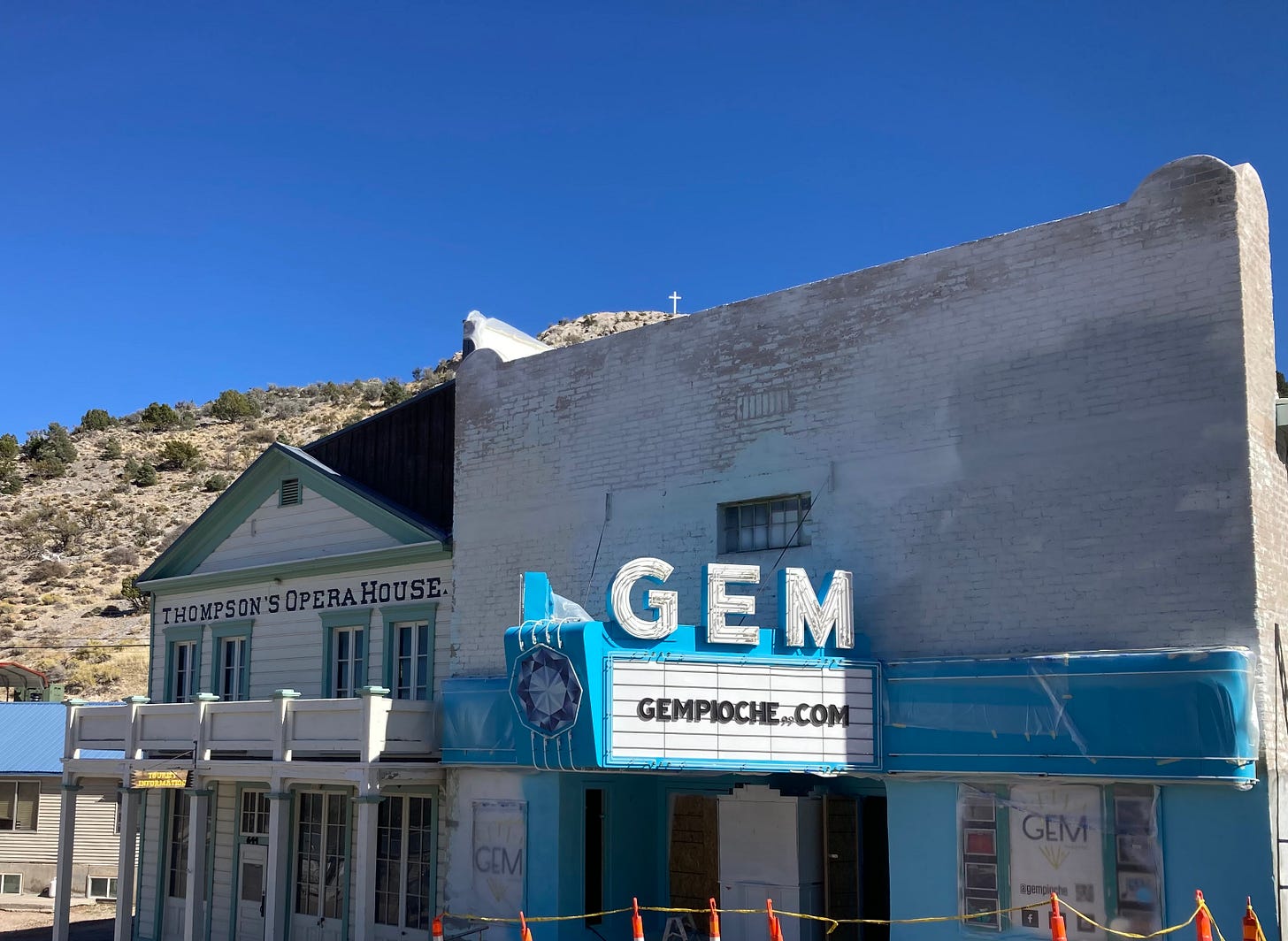Notes from the Road: SW Oregon to SW Colorado edition
Also: Vaya con Dios Silver Bullet
🚙 Notes from the Road 🛻
If you ever have the opportunity to take the flight from Denver to North Bend, Oregon, get a window seat. You will see where the Red Desert got its name, you will gawk at the cliff-ringed figure of Crater Lake, you will witness the rolling hills of western Oregon, and the …
Keep reading with a 7-day free trial
Subscribe to The Land Desk to keep reading this post and get 7 days of free access to the full post archives.


